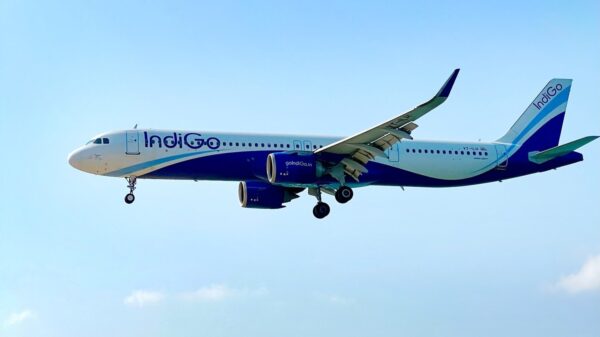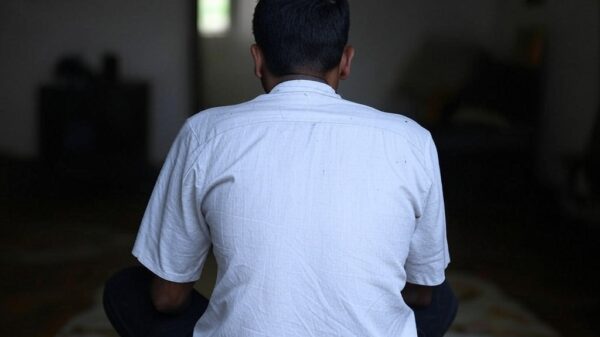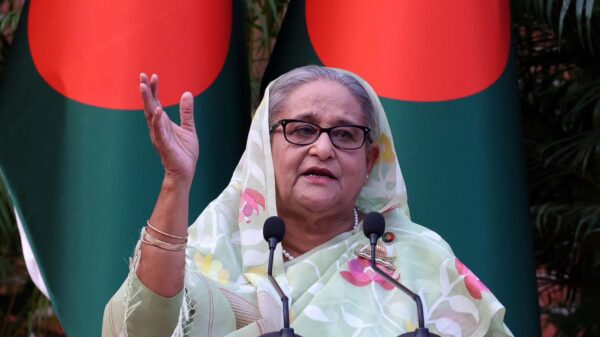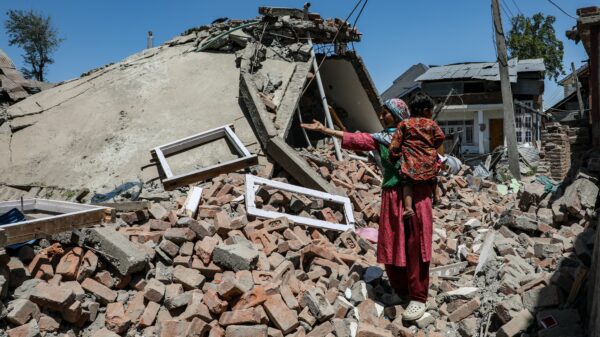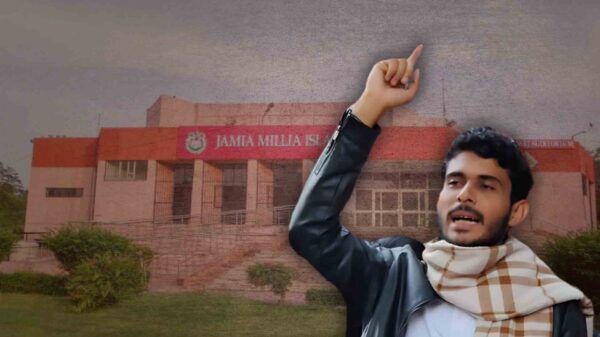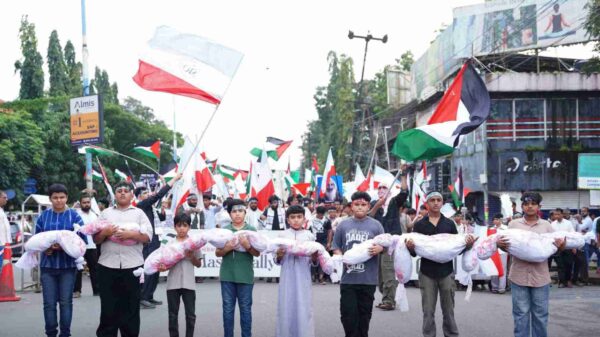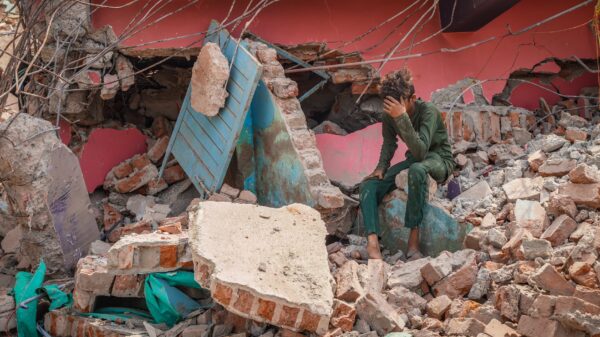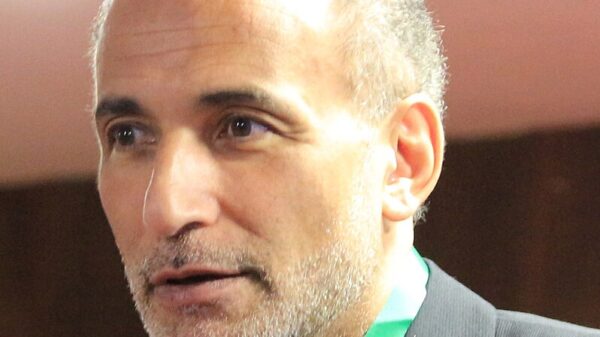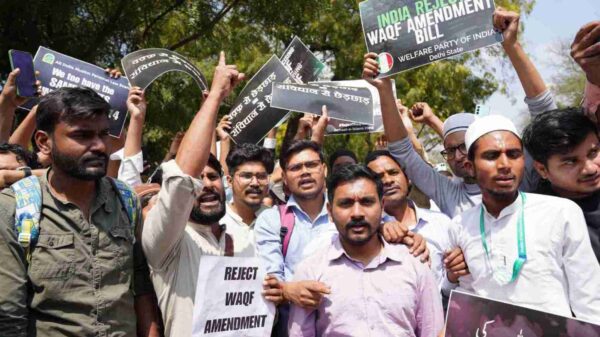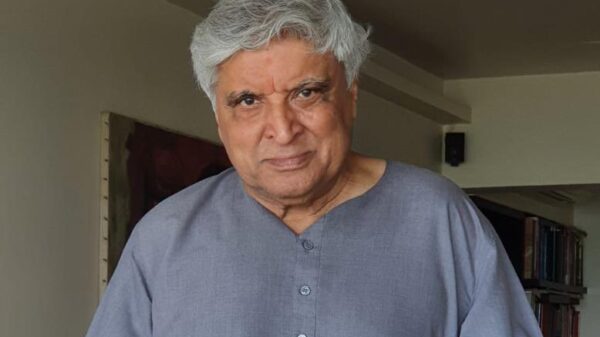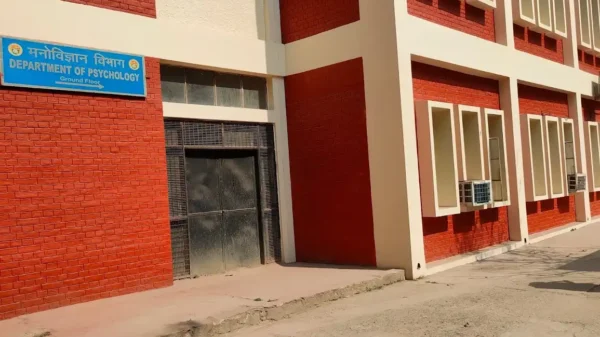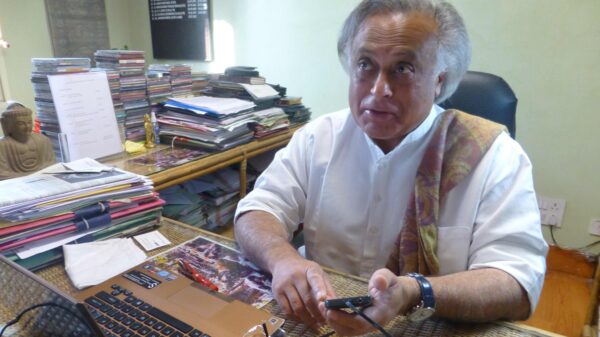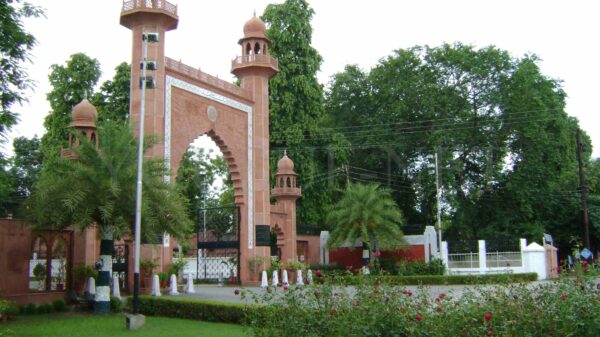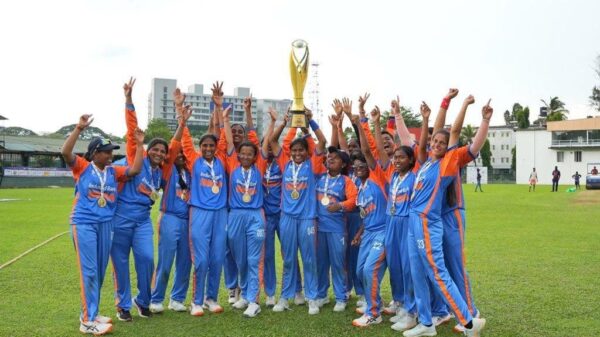In a recent report by the United Nations’ Food and Agriculture Organisation, findings highlight that a significant 74.1% of Indians were unable to afford a healthy diet in 2021. While this represents a slight improvement from the previous year’s figure of 76.2%, it underscores a persistent challenge in ensuring nutritional well-being for a substantial portion of the population.
The report, titled “2023 Regional Overview of Food Security and Nutrition,” defines a healthy diet for adults as including a minimum of 400 grams of fruits and vegetables daily, along with nuts and whole grains. It further said that limiting free sugars to less than 10% of total energy intake, fats to less than 30%, and salt to less than 5 grams.
Comparatively, in other parts of South Asia, Pakistan faces the most severe situation, with 82.8% of its citizens unable to afford a healthy diet in 2021. Bangladesh recorded a figure of 66.1%, while Nepal stood at 76.4%. Notably, in the Maldives, only 1.2% of citizens reported difficulty affording a healthy diet.
The report draws attention to the potential compounding effects of rising food costs without a corresponding increase in income, warning that more people might find it challenging to access nutritious meals under such circumstances.
The COVID-19 pandemic has played a role in exacerbating food insecurity in the region. The report notes that the outbreak, coupled with a lack of decent work opportunities, contributed to a worsening of inequality, particularly affecting poorer families. Despite overall improvements in eastern and southern Asia, unaffordability increased during the pandemic.
Harrowing statistics emerged during the crisis, highlighting the “5Fs crisis – food, feed, fuel, fertilisers, and finance.” The Asia-Pacific region still grapples with the aftermath, representing half of the global total of undernourished people, severe food insecurity, and nutritional challenges, with women disproportionately affected.
The report reveals that 16.6% of India’s population was undernourished in 2021, impacting not only health and nutrition but also contributing to economic and social costs. Alarmingly, 31.7% of children under the age of five were malnourished, with factors such as poor maternal health, inadequate feeding practices, and infections playing a role.
In terms of wasting, a condition where weight is disproportionately low compared to height, 18.7% of Indian children suffered from this ailment, marking the highest figure in the Asia-Pacific region.
Earlier this year, the 2023 Global Hunger Index ranked India 111th out of 125 countries, categorizing its severity of hunger as serious with a score of 28.7 out of 100.








